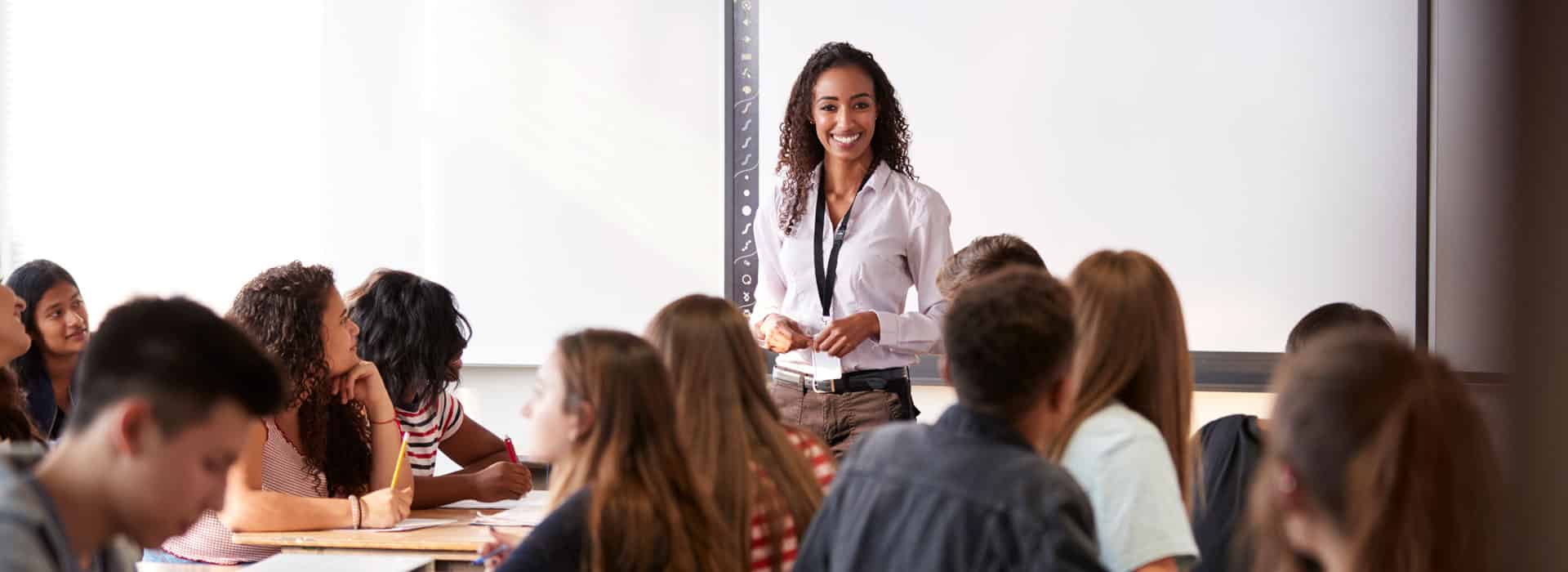
What Should Comprehensive Sexuality Education Teach?
What Should Comprehensive Sexuality Education Teach?
Table of Contents
Sexuality Education
Sexuality education, also known as sex ed, is an important step in learning about human sexuality topics. Sex education in schools teaches about the developing body and making wise, informed choices. Many may be confused about what exactly sex education in public schools entails and be asking, “What is sex education?” So let’s discuss the details.
Sex Education in the United States
Sex education in the United States is focused primarily on anatomical facts, prevention of pregnancy, and stopping the spread of STDs. Some programs focus strictly on the benefits of abstinence and do not teach about alternatives, while others have a more progressive approach to sexual education and inform students about safe sex practices including how to get and use protection.
Age Appropriate Sexuality Education
The importance of sex education lies in equipping students with tools that can be used to protect themselves if they choose to have sex. It in no way encourages sexual contact. Sexuality education will vary depending on different factors, such as the overseeing administration and student age.
For those in a younger class, information will greatly differ from that of what would be taught in a public-school sex education class for high schoolers. One of the most important things to keep in mind when preparing a sex education class is that all information should be backed by science and unimpacted by personal feelings or beliefs.
For Preschoolers
Sex ed can begin simply. By teaching preschoolers basic sex education concepts, they can begin developing a base which will be useful in many areas of life.1 At that young age, sex ed will likely not be focused on human sexuality topics. Some curriculums may focus on relationships and teaching about family and friends. While this topic is still part of sex education in schools, it’s age-appropriate and allows the students to learn at a level that is right for them.
Elementary
Sex education in public schools often begins at the elementary level. At this age, sexual education is incredibly beneficial and may still focus on broader topics. Students will be taught what is physically appropriate and what is not, as well as boundaries which they should expect others to respect and what to do if one of those boundaries is crossed.
Middle School
Middle school is when sexuality education may begin focusing more strongly on anatomical fact and sexual health. The purpose of this is to prepare the students for having safe sex in the future if that’s what they choose.
The purpose is in no way to encourage students to become sexually active but rather to prevent unsafe sex practices. While there are benefits to abstinence, not every student will choose that route. Birth control methods may be discussed, as well as ways in which to use protection to prevent disease or infection. All students should have access to the tools that they need to remain safe, regardless of sexual activity.
High School
High school is when sex education in the United States goes into the most detail. Anatomy may be discussed and methods for safe sex will most likely be mentioned. Demonstrations such as how to put on a condom may be included.
Teaching Normal Reproductive Development
While students are receiving sexuality education, they may have questions about anatomical and sexual development. Sex education should seek to answer these questions factually, ensuring that all answers are accurate and backed by scientific fact.
Anatomy and physiology knowledge will be used when discussing sexual development, so both teachers and students should be fully aware of the terms which are being used. Understanding physical development is important in knowing how pregnancy occurs and ways to prevent unplanned pregnancy and the spread of disease.
Teaching Normal Reproductive Development
There are many benefits to abstinence, and they should be discussed in every sex ed class. Sex education in schools should detail every option an individual has and give them the needed information without judgment.
Prevention of both pregnancy and sexually transmitted diseases is one of the biggest goals of most sexuality education courses. Abstinence is the only way for an individual to be sure that they’re doing everything possible to prevent unplanned pregnancy. While STDs can be transmitted in other ways than sex, abstinence is one of the best options to prevent exposure.
Empowering Students Through Education
When teaching about abstinence, emphasis on waiting to find the right partner can be helpful. Abstinence does not have to be forever to be beneficial. Teachers can remind their students that confidence is important when making decisions and they should wait until they feel they’re ready to begin having sex. It’s important to keep in mind there are varying moral and religious schools of thought surrounding sex, and for teachers to remain aware of different perspectives.
Outercourse
Healthline defines outercourse as “an option for sexual activity without intercourse.”2 Comprehensive sex education should always seek to varying options.
Teaching the Types of Contraception and How to Use Them
Teaching students about contraception will not encourage them to have sex, but rather is part of comprehensive sex education. Sex education in schools exists for a variety of students and some may have inaccurate information about contraception. Using contraception correctly is the only way to ensure that it is effective. Abstinence is necessary to discuss but contraception can be just as important.
Sex Ed Controversy
Sex education in the United States is an area of controversy. Some think that sex ed should only cover abstinence, while others believe that discussing safe sex is an important component of sexuality education. The importance of sex education lies in ensuring that all students are aware of the options they have, which can be done through comprehensive sex education in schools.
Prevention of STIs
Sexually transmitted infections can be prevented through contraception, abstinence, and vaccination. While there are some vaccinations available for certain STIs, abstinence is the only way to ensure there is no exposure through sexual contact. For those that are sexually active, sex education can play an important role in understanding the proper use of contraception.
Planned Parenthood Resources
Planned Parenthood sex education materials are an excellent place for any educator to begin learning. Their focus on STI and unplanned pregnancy prevention is astounding and an excellent model. Teaching a variety of students within a classroom will require sensitivity and increased awareness, which planned parenthood sex education provides.
Sexual Expression
Sex education deals with a variety of relationships, not all of which are sexual in nature. Sex education often discusses friendships and interactions with adults, sharing about what is healthy and what is not. Relationships are an important part of identity, so comprehensive sex education deals strongly with them. Sex education in schools often deals with gender identity and provides resources for students who are questioning their gender.
Gender and Sexuality
Sex education might be occurring at a time when an individual is questioning their sexuality. It’s important that comprehensive sex education courses discuss not only heterosexual relations but that queer topics are also brought up. This provides representation and sex education for those who are not cisgender or straight. All individuals need access to quality information about how to practice safe sex.
Recognizing and Preventing Sexual Violence
One of the most important parts of sexual education is teaching about consent. Students must understand what consent is, as well as how to give and receive it. By doing this, sexual education courses can be part of the prevention of sexual violence and provide not only safer schools but also a better society. Equipping students with the validation that it’s perfectly okay to reject sexual contact will be one of the most important components of any sexuality education course. Removing shame and uncertainty surrounding saying no is a vital part of sexual education.
While sex education often has a focus on human sexuality topics, it covers much more. It’s an important tool in understanding emotions and forming relationships with friends and family. By teaching students what’s appropriate and what’s not, they can form a foundation that will aid them in establishing boundaries and protecting their own mental and physical health.






